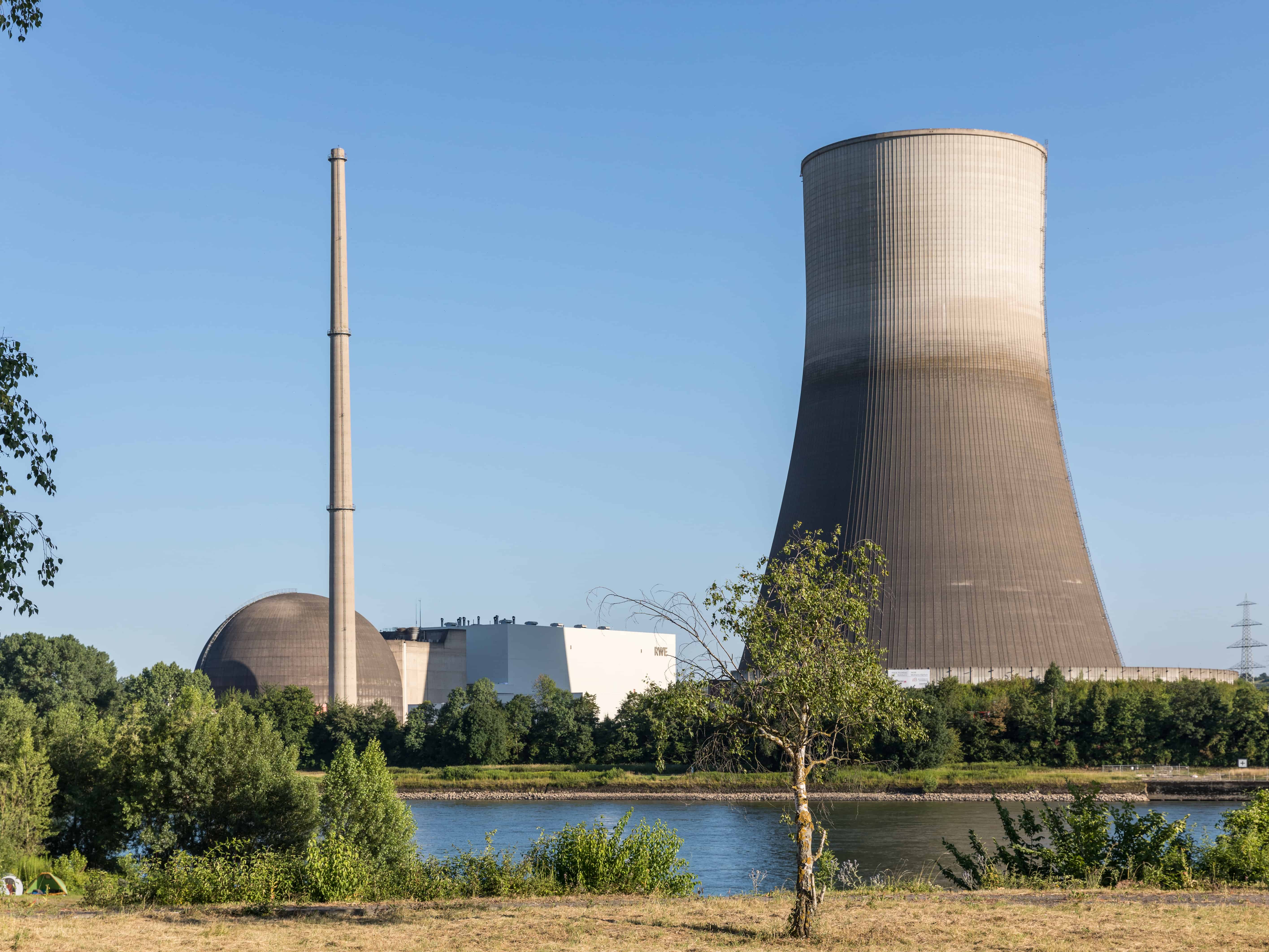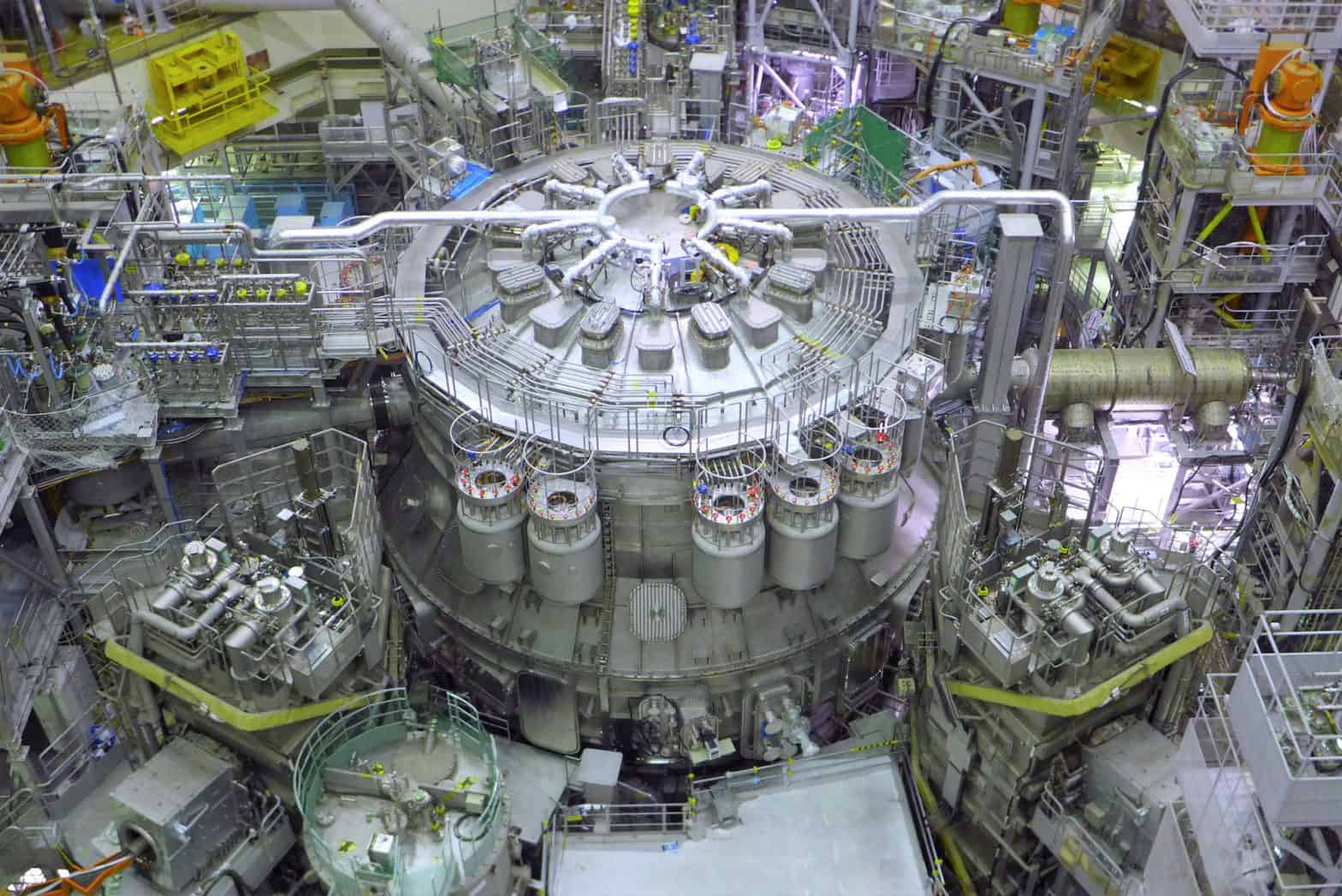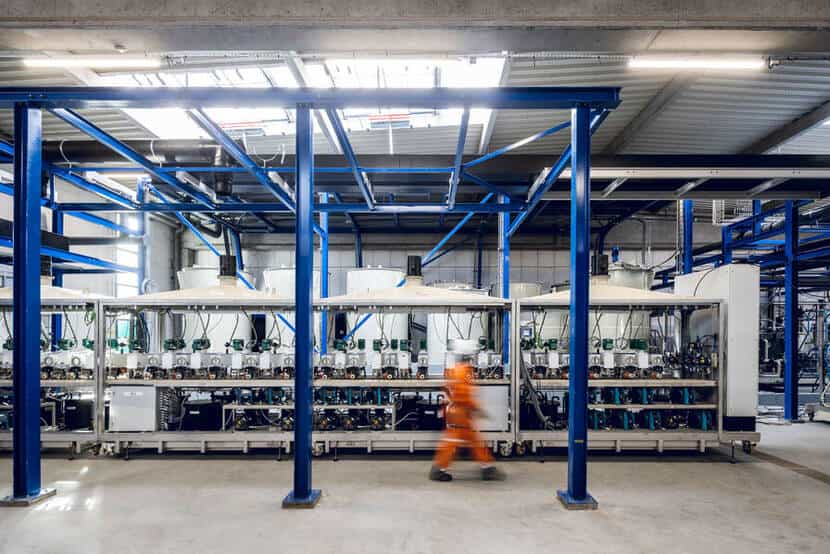
The HIPOTHEC research project, a collaboration between EDF R&D and the Rapsodi project-team from Lille University INRIA Centre, aims to enhance nuclear plant safety by developing cutting-edge numerical simulations of metal tubes in steam generators, says INRIA in a press release. These simulations ascertain the tubes’ integrity without damaging them, using non-destructive testing (NDT) procedures.
Non-Destructive Testing for Structural Integrity
Non-destructive testing (NDT) procedures are employed by industrial entities to evaluate the reliability of their most critical facilities without causing damage. The HIPOTHEC project specifically investigates the metal tubes in steam generators, such as those used in the primary circuit of nuclear plants. Simon Lemaire, a research fellow within the project-team since 2018, explains that the team specialises in the numerical simulation and explores new numerical methods to simulate electromagnetic phenomena for this purpose.

Scan steel
The HIPOTHEC project is also going to examine the simulation of NDT, through eddy currents. Eddy current testing, along with ultrasound NDT, is one of the main techniques used to “scan steel”. Jérémy Dalphin, research engineer at EDF R&D, details the process: “We position a sensor in the vicinity of the metal tube, which induces eddy currents (electromagnetic induction). This generates electromagnetic fields, which may be disrupted by the presence of irregularities (elements requiring further inspection). We measure these disruptions in order to characterise the anomalies”.
The goal of the HIPOTHEC project is to verify whether the new numerical simulation methods under development could be integrated into the industrial codes used by EDF for the non-destructive testing of steel tubes. The simulator will undergo extensive testing prior to potentially obtaining validation and certification for industrial use by the EDF group.








